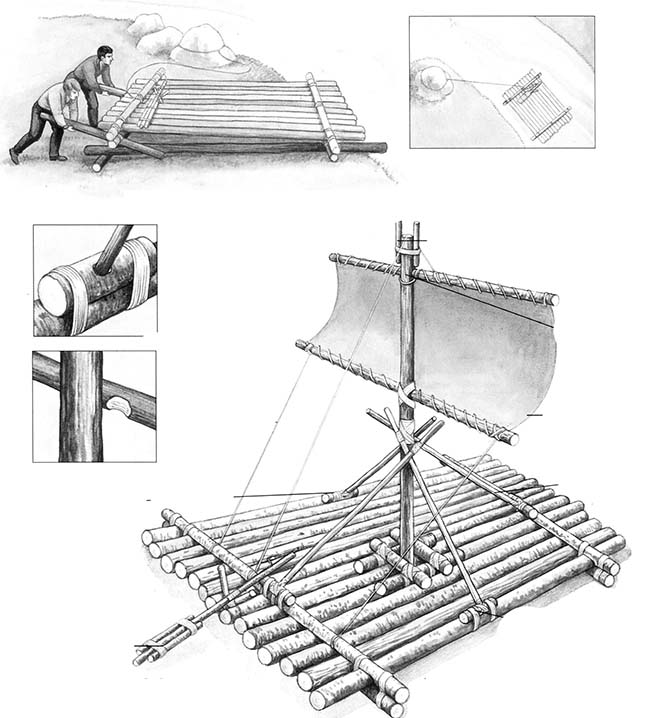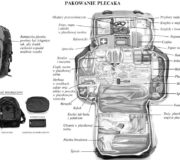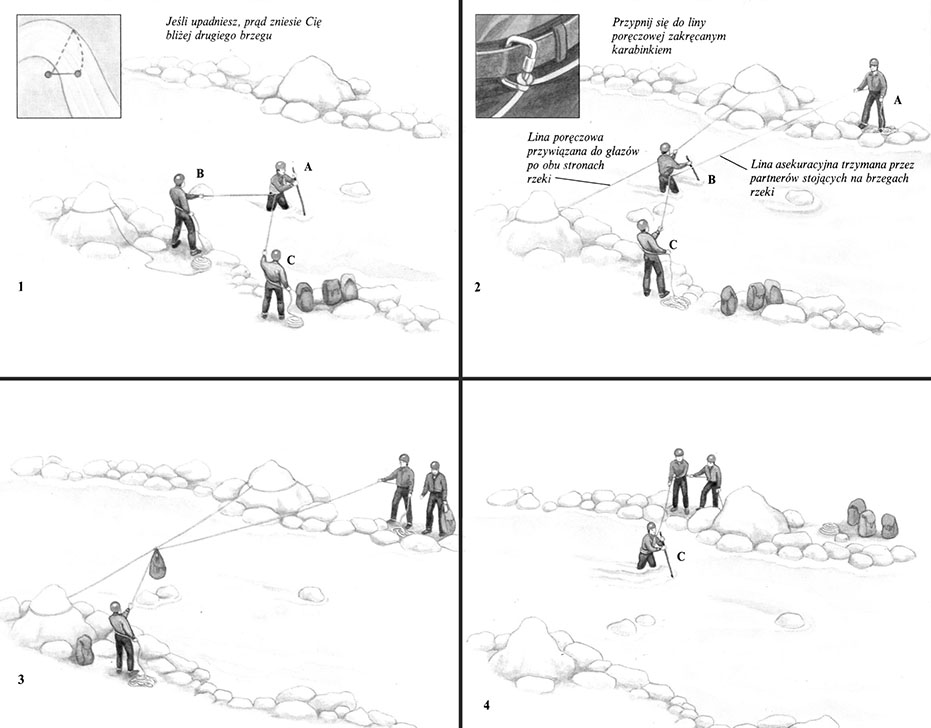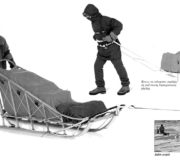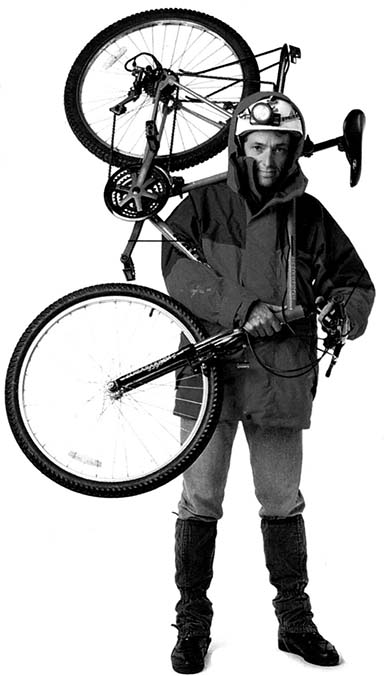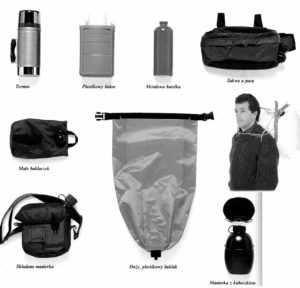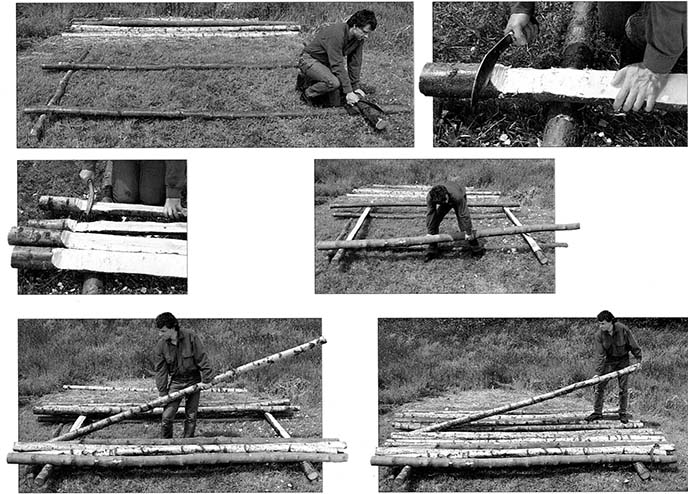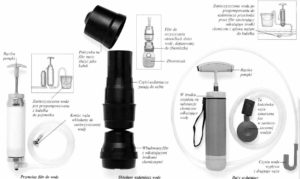Na wielu dziewiczych obszarach, porośniętych bujną roślinnością, poprzecinanych wąwozami i łańcuchami wzniesień najdogodniejszy szlak podróży wiedzie rzeką, jeziorem lub morzem wzdłuż brzegu. Zawsze należy jednak pamiętać, że poruszanie się po wodzie niesie ze sobą wiele niebezpieczeństw, zwłaszcza jeśli korzysta się z prowizorycznych konstrukcji pływających. W każdym wypadku należy zastanowić się, czy posiadany środek transportu wodnego nadaje się do pokonania szlaku wodnego. Warunki na wodzie bowiem mogą zmieniać się bardzo szybko. Dlatego też jeśli nie masz doświadczenia w obcowaniu z wodą, szlak wodny wybierz jedynie wtedy, gdy nie ma lepszego sposobu dotarcia do celu. Pamiętaj o zabraniu pasa ratunkowego, kamizelki bądź kapoka.
Wodowanie tratwy
Tratwy można używać jedynie na jeziorach i wolno płynących rzekach. Trzeba ją budować blisko brzegu, gdyż może okazać się zbyt ciężka, żeby ją przenieść. Przed wodowaniem przywiązujemy ją do jakiegoś stabilnego obiektu na brzegu. Cuma musi być odpowiednio długa, aby pozostał luz pozwalający zepchnąć tratwę.
Przy użyciu lewarów – Z obu stron podkłada się pod tył tratwy drewniane żerdzie, którymi jak lewarami podnosi się ją do góry i spycha w dół, do wody.
Po wodowaniu – Należy zobaczyć, jak wodowana platforma unosi się na wodzie. Jeśli wszystko jest w porządku, można zacząć ładować bagaż na środek pokładu.
Przy dłuższych podróżach tratwą w dół rzeki warto postawić maszt i rozpiąć żagiel, by móc korzystać z siły wiatru. Na tratwie można żeglować tylko wówczas, gdy wiatr wieje z kierunku, w którym płyniemy. Tratwa nie ma kila, a ster pozwala kontrolować kurs tylko przy lekkim wietrze. Jeśli przód tratwy zanurza się pod wodę, trzeba zmniejszyć powierzchnię żagla. Tak można płynąć tylko w dół rzeki. Żagiel nie pozwala płynąć pod prąd.
Umocowane sztywno liny uniemożliwiają przekręcanie się dolnego bomu.
Drewniane klocki umocowane z czterech stron tratwy z otworami na żerdki podpierające maszt.
Wiosło na podpórce przywiązanej do rufy służy za ster.
Lina przywiązana do bomu pozwala opuszczać i podnosić żagiel.
Górny bom jest tak nacięty, aby można go było opuszczać lub podnosić zmniejszając bądź zwiększając powierzchnię żagla.
Żagiel można zrobić z płachty biwakowej lub brezentu.
Podpórki masztu umocowane są w drewnianych klockach z otworami przytwierdzonych do pokładu.
Stawianie masztu i żagla
Maszt trzeba osadzić między czterema krótkimi belkami mocno połączonymi ze sobą i przywiązanymi do pokładu. Z czterech stron powinny go podpierać żerdki osadzone w drewnianych klockach z wyżłobionymi otworami, przymocowanych do pokładu. Płótno żaglowe może zastąpić nieprzemakalna płachta biwakowa lub brezent.
